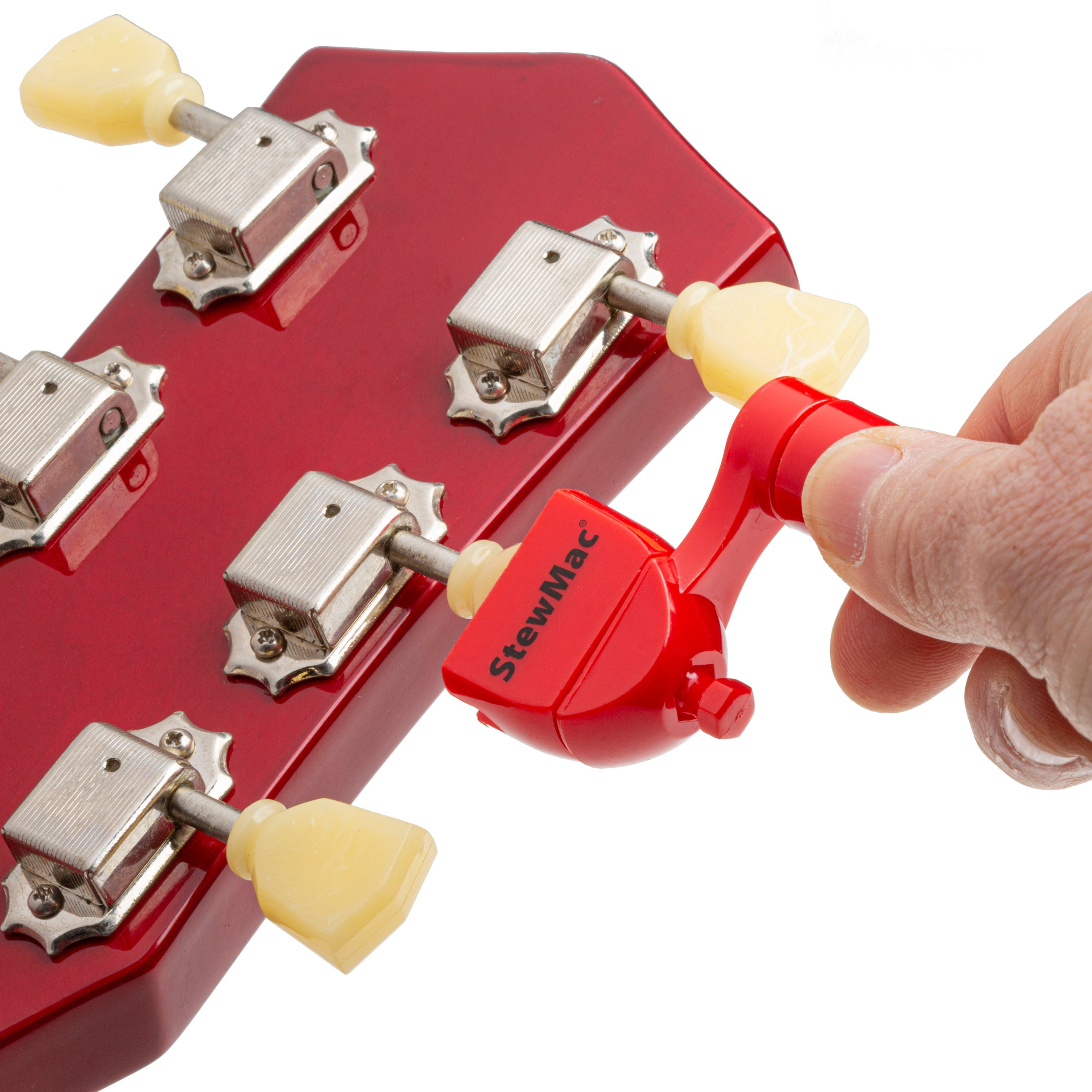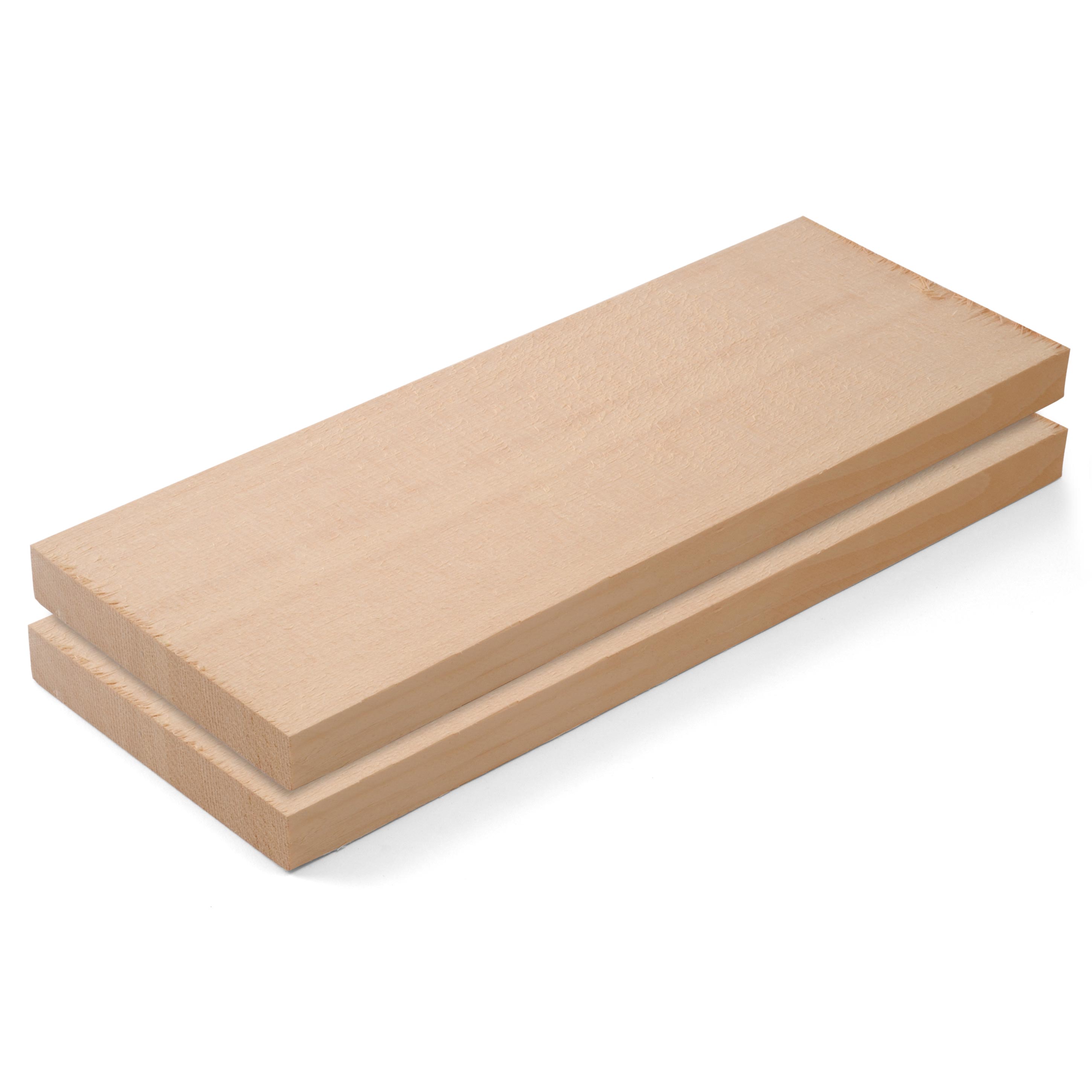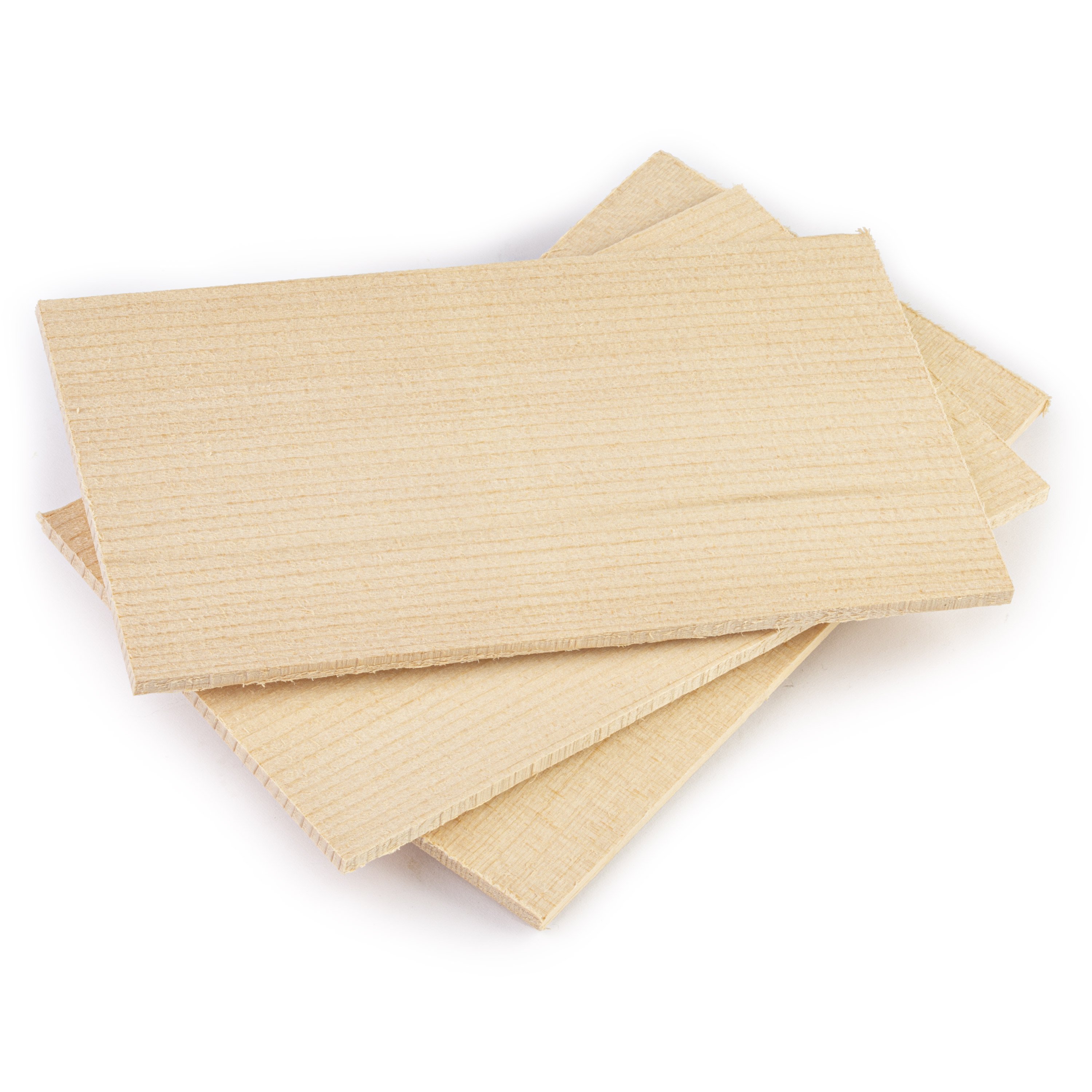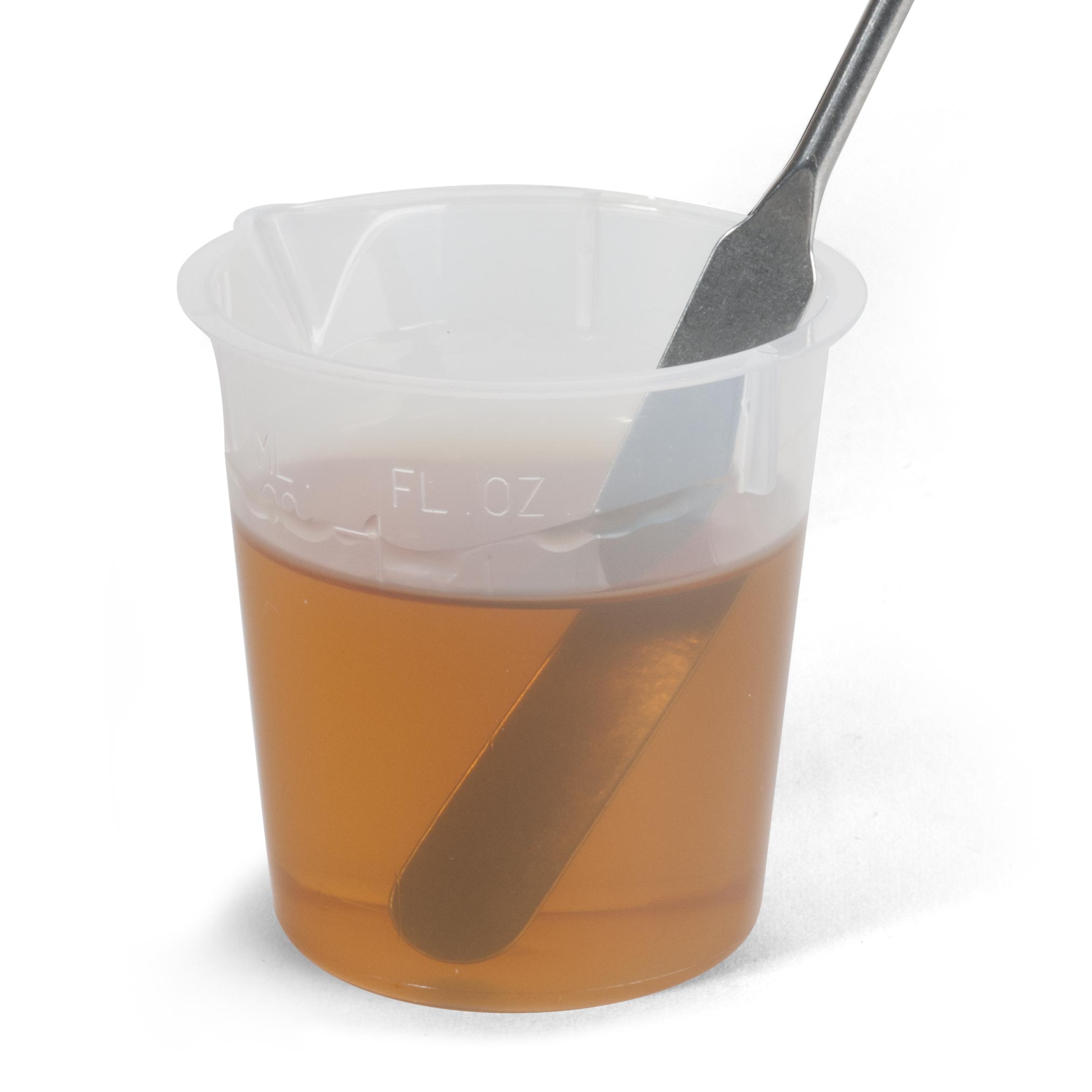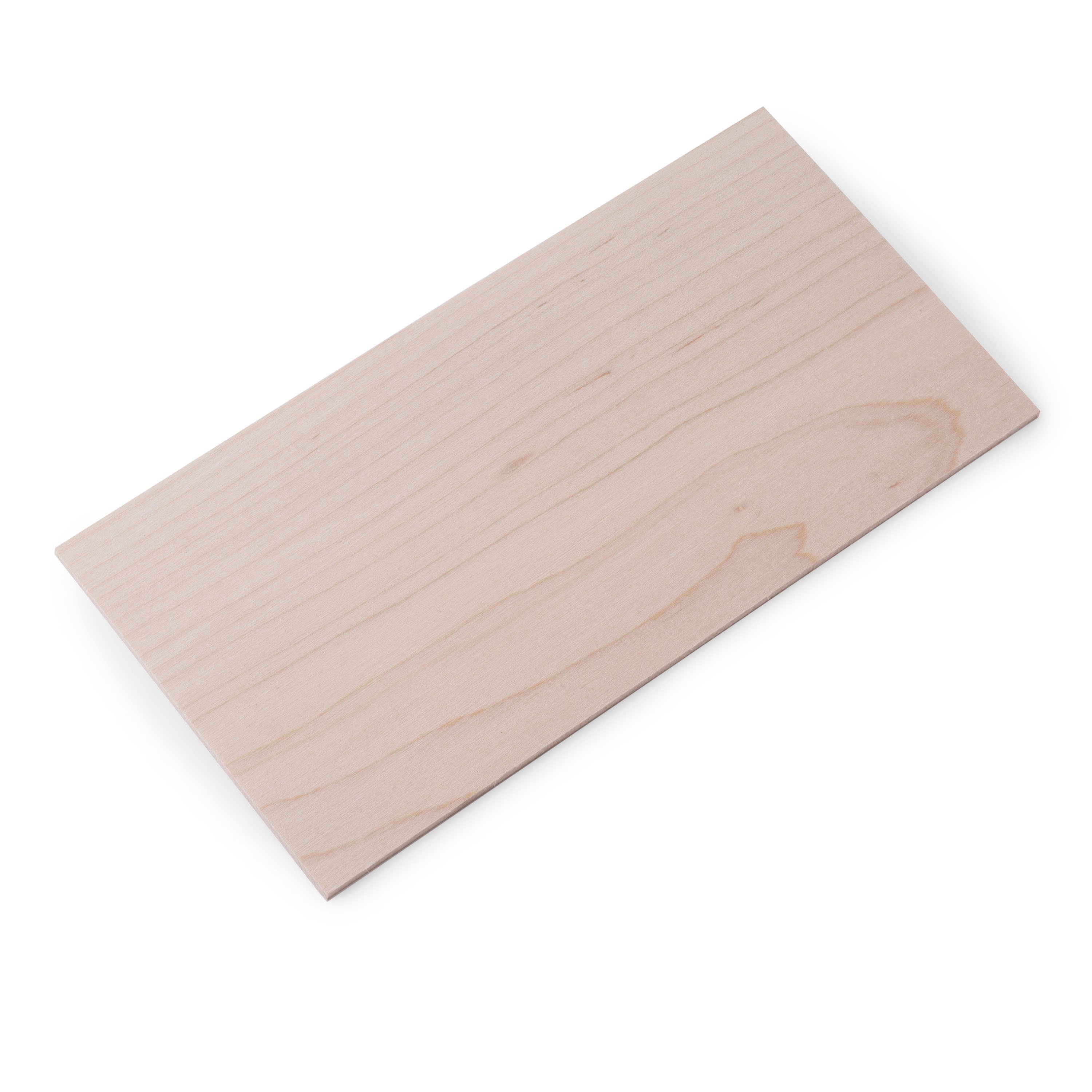Mamie Minch on guitar oxidation: instant aging
Issue 202 October 24, 2013
Chemicals that add or remove years: Mamie Minch shows how she fades away old brown oxidation—or adds it, to make a new patch of spruce match the surrounding wood.
- How to lighten or darken wood without actually staining it
- Using oxalic acid to roll back the years
- Potassium permanganate for instant age
Video Transcription
Mamie Minch: Okay, we're going to talk about dealing with oxidation in raw wood. I've brought today, I'm sorry, a piece of a guitar, that demonstrates that pretty well. We have several cracks where the woods opened up and over the decades it's been exposed to air and darkened. One of the things that is commonly used to lighten that is oxalic acid. It's this marvelous stuff, mildly toxic, not too terrible. Common sense warning, don't expose your skin to it. Over a long period of time, it can be irritating. Don't drink it. But we're going to use it in a pretty clear, straightforward way to lighten oxidation in a light colored wood, in this case, in a spruce guitar top.
Preparing the oxalic acid solution
All right, so to mix at the right approximate ratio, I like to use about this much water and a scoop or two of the crystals on my spatula. That's enough, actually, a big scoop. We'll mix it up. Some of it doesn't dissolve. Not a big deal, we'll just leave it at the bottom. I should mention, you can get this online. It's not hard to come across.
How to lighten wood without staining it
This is the first thing I'm going to address, this crack here that goes from the corner of the bridge up towards the waist of the guitar. Another good candidate for oxalic acid is this pick wear here where the finish has been thinned down and worn away, and you have a lighter but a more homogenous oxidation of the wood here. We'll start off with this crack. We'll just let it soak in. Wet the whole area.
The two brushes I've used today, the first one is an angled eyeliner brush from Sephora, actually. It just has this angle tip and a pointed bristle. Get real specific into the crack. The second brush is from a craft store. It's just a stiff bristle stencil brush. It allowed me to do that scrubbing motion on the pickguard area. This should start to lighten up nicely.
All right, here we're getting a closer look at the two spots I'm working on. I'm going to work on them a little while longer, and then I'm going to set them aside for about 20 minutes or half an hour. We're going to come back and see how things are.
Repairing a vintage guitar with fresh wood
One repair that I find myself doing on vintage instruments is replacing a brace or a bridge plate. On the inside of a guitar that's had decades to oxidize and gain a patina and get to be this really nice homogenous sort of warm caramel color, obviously, it's going to look out of place. This is a piece of spruce, probably Sitka. You can see how extreme the difference is with this raw, fresh wood next to this wood that's been oxidized for probably a hundred years. This guitar's from about the turn of the century, or it was until about two weeks ago.
I flew here to the North Woods guitar seminar, and rather than bringing a guitar with me on the airplane, which we all know is kind of a crapshoot, I decided the best way to bring the money part of the guitar, the part I wanted to demonstrate with, was to remove the top. I used a violin purfling cutter and literally just went around the sides of this cool old guitar and I took the top off, and now I can do my demos and it packed right into my suitcase.
Potassium permanganate for instant aging
We are going to use potassium permanganate today to oxidize this raw, fresh piece of wood to get more in the family of this patina. A little bit about potassium permanganate. It's an inorganic compound. It's also known as permanganate potash or Condy crystals or fluid. Condy was Henry Bollman Condy. He was a sort of a patent medicine fellow, fancied himself sort of a scientist or a doctor. He sold it as Condy's fluid and it was used for disinfecting water, to distill and clean water for drinking purposes, which is a little hairy to think about knowing what else we know about this. Because not only was it used to treat fungal infections like candida and gonorrhea, it's also highly explosive. If you mix it with sulfuric acid it becomes manganese oxide, which is really volatile. And if you mix it with mix it with glycerol or other simple alcohols, it violently combusts. Don't do that.
Common sense warning. Avoid getting it on your skin or ingesting it, of course. Even though it looks like it would be delicious, you'll see in a moment, it's actually not.
I'm going to mix a light batch now because a lot of times you'd really like to have a lighter batch and you can control it more by doing multiple layers. I'm going to take about this much on the tip of my spatula. I like room temperature or lukewarm water. I'm going to let that dissolve. It gets this really wonderful sort of bluish violet color. It's pretty. Looks like Kool-Aid. Like I said before though, don't drink it.
I'm just going to evenly saturate this piece of spruce. You can see as I paint it, the color's turning from this really intense magenta sort of violet into this brown, and getting closer to the color of the natural patina, the inside of this turn of the century guitar. To avoid this sort of thing, this cupping, wet the opposite side as well. Then any swelling that's going to happen on one side is also going to happen on the other side, and it's really a fantastic little trick.
This is one coat of a more dilute potassium permanganate, and this is two coats of potassium permanganate as it's dry. You can see these pieces of wood when viewed next to the inside of this top, you can see we're really starting to get somewhere as we go this direction. The really marvelous thing about treating wood in this way is it's not been stained or dyed or there hasn't been color added, it's actually been oxidized rather than painted, so that's part of the wood.
Using oxalic acid to roll back the years
What if you've pushed the potassium permanganate a little too far? You've oxidized your wood darker than you had wanted to when you started. Pretty cool. A way to deoxidize wood is with oxalic acid. I'll show you on this piece of maple that I had previously stained how we can pull some of that out. I'd stained it several times from very light to dark with a potassium permanganate, and now I'm just going to draw a stripe along one edge and we'll watch a lot of that come out. Even though it's wet, and so it's darker than the raw wood would be, you can see that that dark oxidation is already coming out. I'm just going to dry it a bit so we can see better. Yep, it's pulling out.
Now we're going to check on this work after it's dried. This crack that's extending from the bridge up towards the waist has come out nicely. I'm happy with that. Still a crack of course, so this is not the end of the road for this piece, but the color is much lighter. The oxidation's largely gone in a lot of it. As far as the second spot where all this wear was, it's much more subtle. This is the sort of thing that doesn't always work all that well, but from where I'm sitting, I can see that there's a difference. I'm going to continue to work on this because I think I can get it to come up a little bit better. Then all I'll have to do is come up with the rest of the guitar. We'll be getting somewhere.

